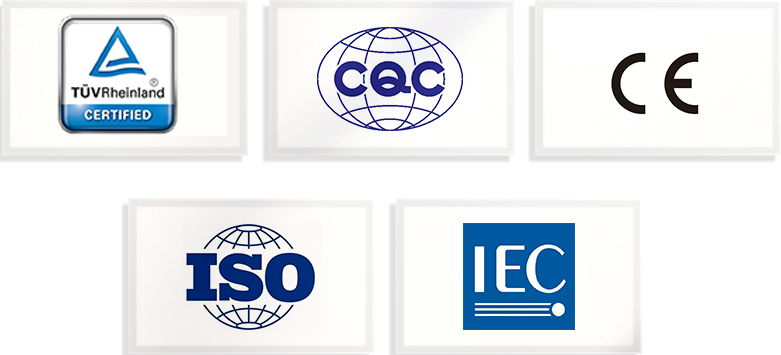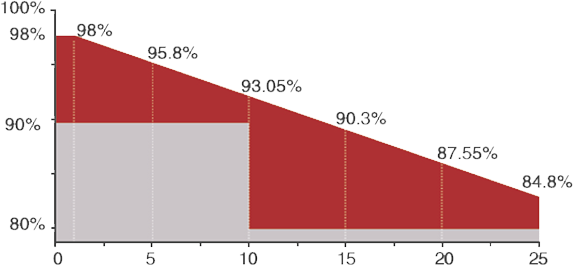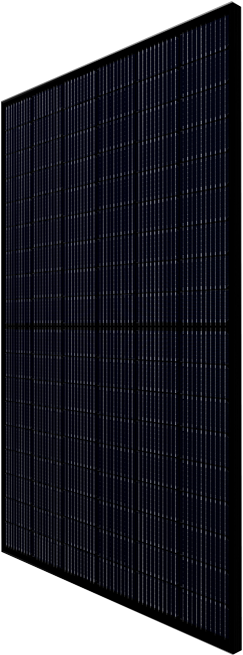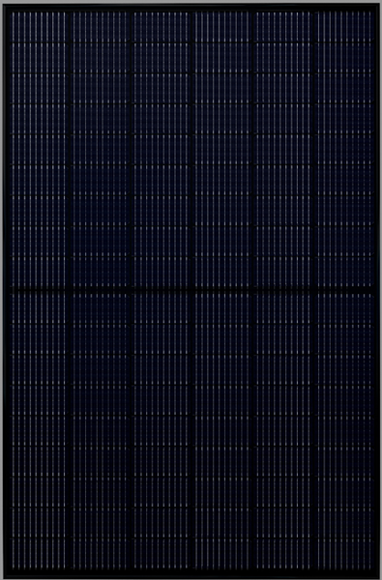How PERC Technology Works:
PERC (Passivated Emitter and Rear Cell) solar panel technology is an advanced type of solar cell design that improves the efficiency of photovoltaic panels by enhancing their ability to capture and convert sunlight into electricity.
In traditional solar cells, sunlight that isn’t absorbed in the initial pass through the cell is often lost. However, in PERC cells, an passivation layer is added to the back of the solar cell.
The passivation layer is applied to the back of the cell and it acts as a mirror to reflect unabsorbed sunlight back into the cell. This increases the chances of photons being absorbed and converted into electricity.
The passivation layer also reduces electronic recombination on the rear surface. In conventional cells, recombination causes the electrons (which carry energy) to recombine with the positive charge, which reduces cell efficiency.PERC cells minimise this by allowing more electrons to generate current.
PERC Solar panel Applications
PERC solar panels can be used in a variety of applications, including residential, commercial, and industrial facilities, which all require higher efficiencies and better performance under different environmental conditions.
Lu'an PERC all-black solar panels adopt all-black panel design, which has strong architectural adaptability and can achieve perfect integration when installed on the surface of the building.
Get a quote now
Higher Conversion Efficiency
Better Power Generation
Performance
Better Reliability
Visual total black
ISO 9001
ISO 14001
ISO 45001
IEC 61215
IEC 61730


Quality Assurance
Power Guarantee
Annual Decay
| Cell | PERC P-type PERC (156) |
| Dimensions | 2465±2mmx1134±2mmx30±1mm |
| Weight | 29.1 kg±3% |
| Glass | 3.2mm AR coating tempered glass, low iron |
| Frame | Anodized aluminium alloy |
| junctionbox | IP68, 3 diodes |
| Wireway | 4mm², 350mm(+)/350mm(-) or Customized Length |
| Packaging | 36pieces/pallet |
| Loadingquantity | 40 HC/: 720pieces, 13 meter truck: 720pieces, 17.5 meter truck: 864pieces |

| Maxsystem voltage | 1500V DC |
| -OT | -40°C~+85°C |
| Fuse's rated current | 25A |
| Maxload,front | 5400Pa |
| Maxload,back | 2400Pa |
| -NOCT | 45±2°C |
| Backside rate | 80%±5°C |
| safety level | Class Ⅱ |
| Fire performance | UL Type Ⅰ |

| Model | JKL108-B-400MH | JKL108-B-405MH | JKL108-B-410MH | JKL108-B-415MH | |||||||||
| STC/NOCT |
|
|
|
| |||||||||
| Pmax [W] |
|
|
|
| |||||||||
| Vmp [V] |
|
|
|
| |||||||||
| Imp [A] |
|
|
|
| |||||||||
| Voc [V] |
|
|
|
| |||||||||
| Isc [A] |
|
|
|
| |||||||||
| EFF [%] | 20.48% | 20.74% | 21.00% | 21.25% | |||||||||
| Powertolerance (w) | 0~+5W | ||||||||||||
| Short circuit current temperature coefficient (a_lsc) | +0.051%/℃ | ||||||||||||
| Open circuit voltage temperature coefficient (B-Voc) | -0.260%/°C | ||||||||||||
| Maximum power temperature coefficient (y_Pmp) | -0.340%/°C | ||||||||||||
| Standard test conditions(STc) | lrradiance 1000W/m²,Cell temperature 25°C,Spectral AM1.5 | ||||||||||||
| Nominal battery operating temperature (NOCT) | lrradiance 800W/m², Ambient temperature 20℃, Spectrum AM1.5, Wind speed 1m/s | ||||||||||||
Note: The electrical performance parameters in this product catalog do not only refer to a single module, nor are they promised in the contract. The electrical parameters are only used for comparison between different module types.




















